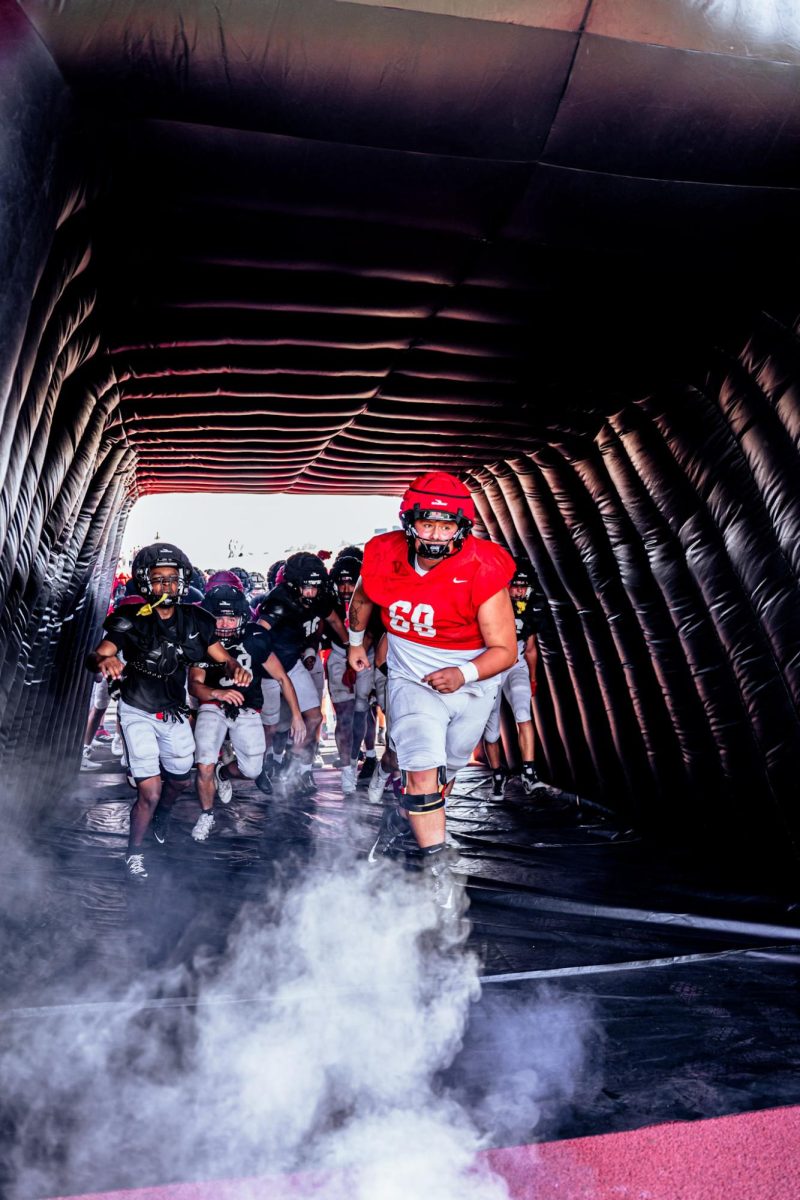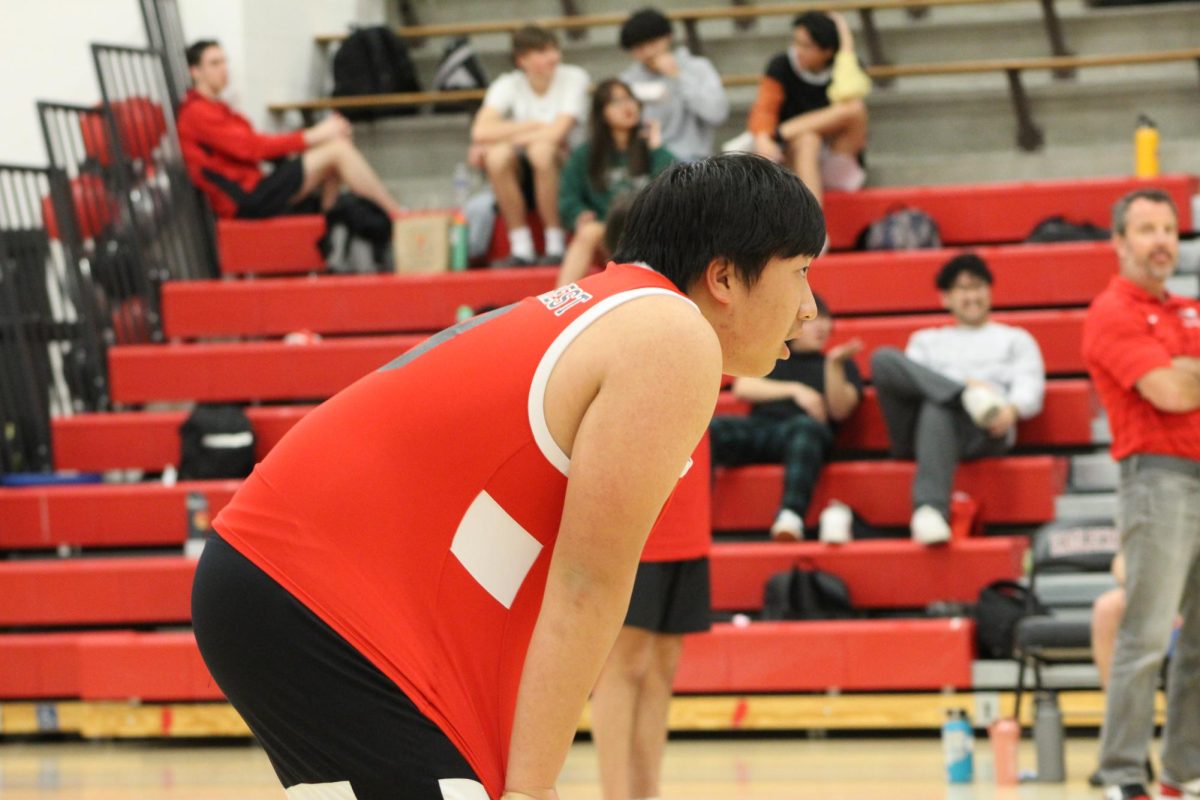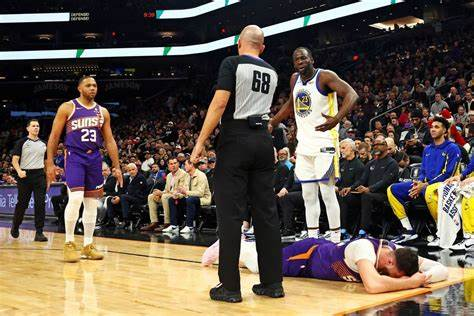Ever since the signing of Title IX by President Richard Nixon in 1972, girls’ sports have been fighting for equal funding and recognition. As it remains today, the stereotype of boys’ sports getting more funding and attendance still holds strong—or does it?
At Eaglecrest, this stereotype doesn’t seem to ring true, according to Athletics Director Vince Orlando.
“We try to divide it up based on equipment needs,” Orlando said, “so football’s budget is going to be a little bit more, with all the helmets and shoulder pads.”

According to Orlando, CCSD funds all sports based on equipment needs; for example, softball and baseball get around $2,000 annually while football gets closer to $7,000 annually. With equal funding for girls’ and boys’ sports, the only inequity that remains is which sports get the most amount of money.
Typically, football and basketball, the “moneymaker” sports, get the highest attendance and typically the most funding. Other less-attended sports, like track or golf, might get left in the dust when it comes to funding. This raises the question: should every sport get the same amount of funding?
The short answer is no. The system currently in place is an effective one; it ensures that every sport gets the essentials to fund their season, and if they want more money they can fundraise. When it comes to attendance, that’s when it becomes a promotion issue. Advertisements for those “unknown” sports are hard to come by if they even exist at all. Football, basketball, and volleyball typically get the highest promotion, and most other sports are left behind. Try to recall the last time you saw a flyer for a swim meet. You can’t, right?
So, no, there isn’t an inequity in the funding of sports, but rather there’s an inequity in the promotion of sports. How do we change that? There should be a system in place, like the system that runs sports funding, that ensures that each and every sport gets promoted equally.











